Could 'adult dorms' save city downtowns?
'Micro-apartments' could relieve office vacancies and the housing crisis
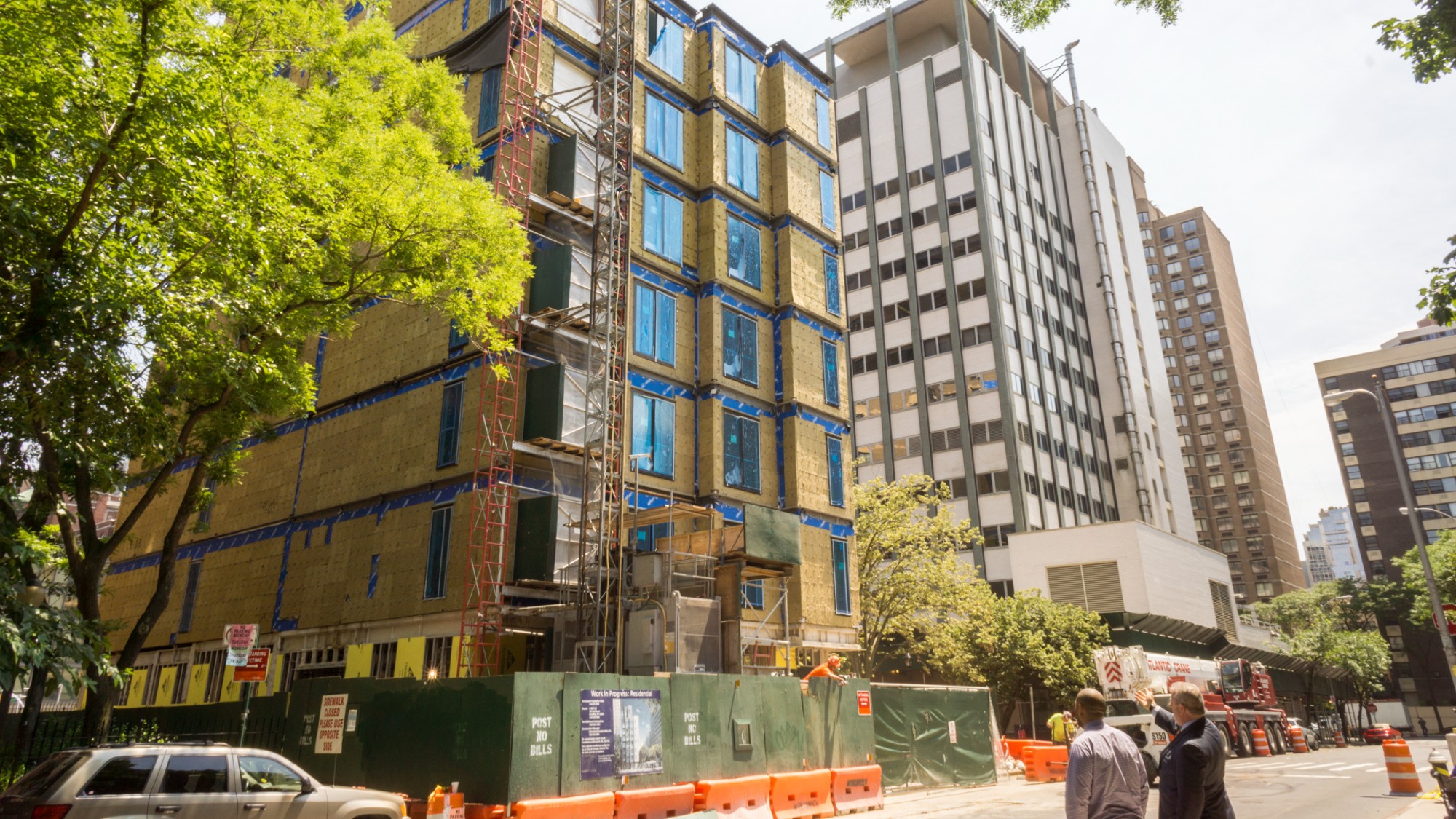

American cities have two big problems these days: Too much empty office space and not enough affordable housing. There may be a solution.
Those empty offices could be converted to "micro-apartments" — "ultracompact rentals about the size of a cruise ship cabin," said The Minnesota Star Tribune. A study from urban planners said a typical micro-apartment in Minneapolis would rent for about $750 a month, "about half the cost of a typical rental" in the city's downtown. But they would definitely be micro, about 150 square feet. Each apartment would have room for a bed, desk and half-sized refrigerator. Living room, kitchen and laundry areas would be communal shared spaces. "We're adding a lower rung on the housing ladder," said Pew Charitable Trust's Alex Horowitz.
These would be "tiny, tiny, apartments," Andrea Riquier said at USA Today. The idea for "single-room occupancy dwellings have been around for centuries" — boarding houses were a thing, once — but they have been reimagined for a new generation. They could serve young adults, older people and even the homeless. Most importantly, it would let developers add housing to a "market at the most affordable price point."
The Week
Escape your echo chamber. Get the facts behind the news, plus analysis from multiple perspectives.

Sign up for The Week's Free Newsletters
From our morning news briefing to a weekly Good News Newsletter, get the best of The Week delivered directly to your inbox.
From our morning news briefing to a weekly Good News Newsletter, get the best of The Week delivered directly to your inbox.
What did the commentators say?
"What if cities finally legalized adult dorms?" Rachel Cohen said at Vox. America is in an "affordability crisis" driven by a shortage of as many as 7 million homes. Repurposing office buildings into regular apartments "seems like a perfect solution" but it's easier said than done: "Strict zoning laws, high interest rates, rising construction costs" and other factors can make the conversions expensive. The micro-apartment shared spaces approach is "fundamentally different," Cohen said. One challenge: Many cities long ago banned "single-room occupancies" — then known as "flophouses" — because they were seen as attracting marginalized people.
The payoffs could include "revitalized downtowns, reduced homelessness, improved housing affordability, and more economic opportunity," Alex Horowitz and Tushar Kansal said in a post for Pew Charitable Trusts, which developed the idea. Residents would benefit not just from cheap rents, but from close access to downtown jobs and public transportation. That would help "expand their economic opportunities."
What next?
The proposal comes as a "seismic event" is expected in the commercial real estate market, said Business Insider. The rise of work-from-home for many office workers means that more than a billion square feet of office space could become available for residential conversions. High vacancy rates in office buildings mean those properties will be "firesold and either demolished or converted," said Richard Barkham, of commercial real estate investment firm CBRE.
Progress is already evident. Micro-apartments are already spreading in the Pacific Northwest, said The Associated Press. The state of Washington earlier this year passed a bill requiring cities to allow micro-apartments in residential buildings with at least six units. It takes effect next year. In Seattle, meanwhile, units are available for about $900 a month — about $550 less than the median cost of a studio apartment. "If you're a single person and you want a low-cost place to live, that's as cheap as you're going to get without trying to find a subsidized apartment," said Sightline Institute's Dan Bertolet.
A free daily email with the biggest news stories of the day – and the best features from TheWeek.com
Joel Mathis is a writer with 30 years of newspaper and online journalism experience. His work also regularly appears in National Geographic and The Kansas City Star. His awards include best online commentary at the Online News Association and (twice) at the City and Regional Magazine Association.
-
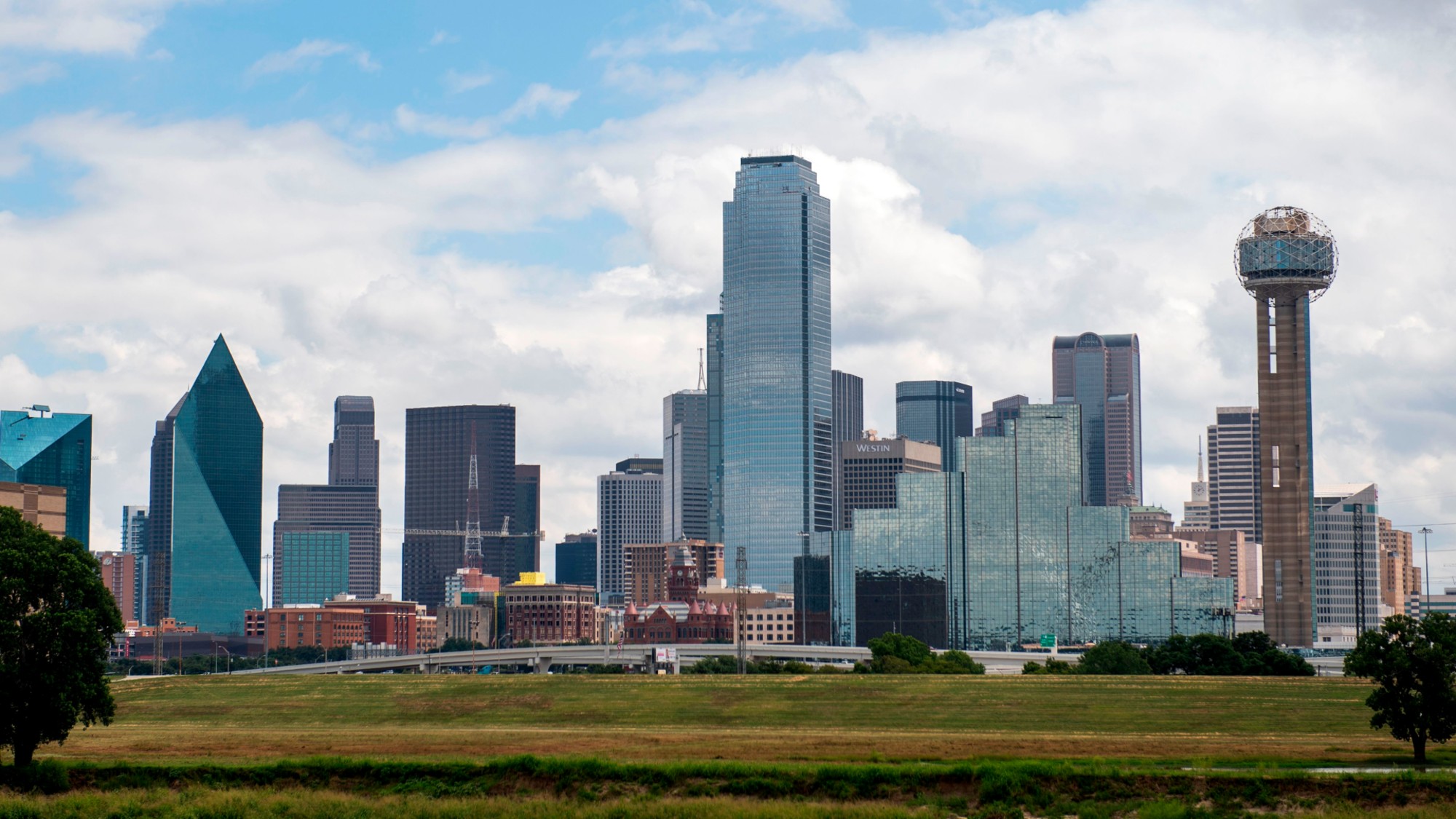 Texas is trying to become America’s next financial hub
Texas is trying to become America’s next financial hubIn the Spotlight The Lone Star State could soon have three major stock exchanges
-
 Employees are branching out rather than moving up with career minimalism
Employees are branching out rather than moving up with career minimalismThe explainer From career ladder to lily pad
-
 Who will be the next Fed chair?
Who will be the next Fed chair?Today's Big Question Kevin Hassett appears to be Trump’s pick
-
 Why is crypto crashing?
Why is crypto crashing?Today's Big Question The sector has lost $1 trillion in value in a few weeks
-
 Would a 50-year mortgage make home ownership attainable?
Would a 50-year mortgage make home ownership attainable?Today's Big Question Trump critics say the proposal is bad policy
-
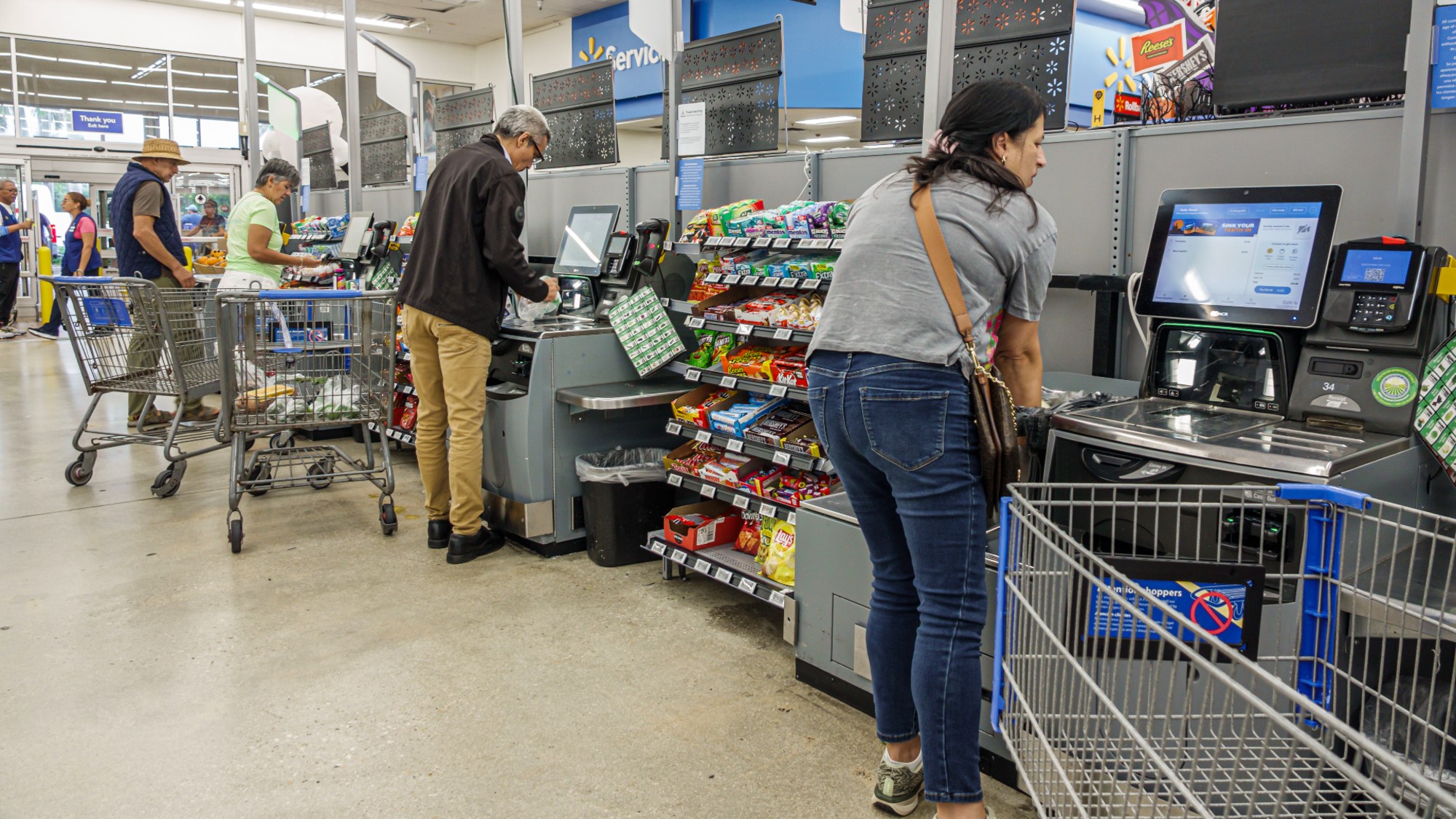 How could worsening consumer sentiment affect the economy?
How could worsening consumer sentiment affect the economy?Today’s Big Question Sentiment dropped this month to a near-record low
-
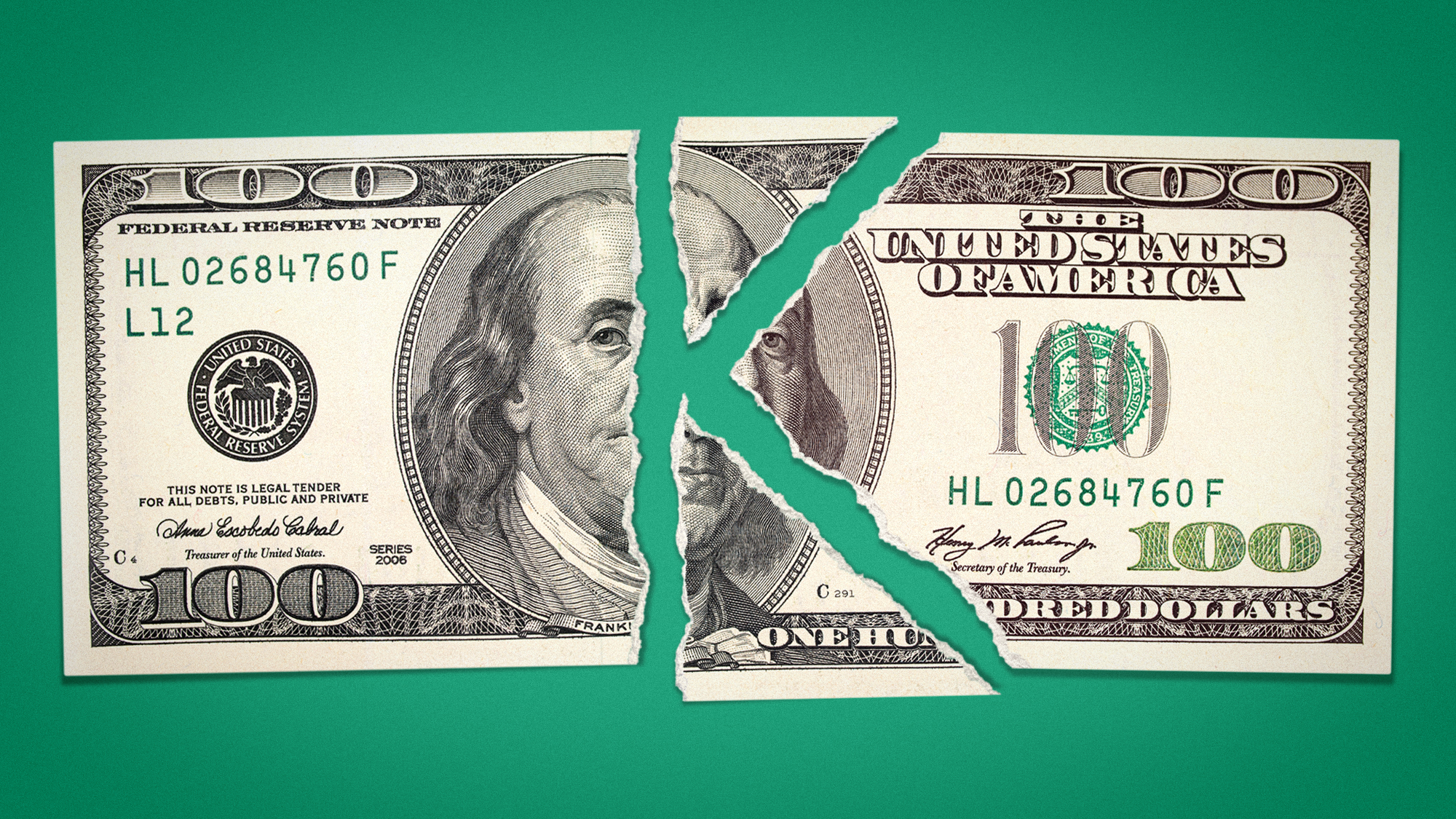 Why has America’s economy gone K-shaped?
Why has America’s economy gone K-shaped?Today's Big Question The rich are doing well. Everybody else is scrimping.
-
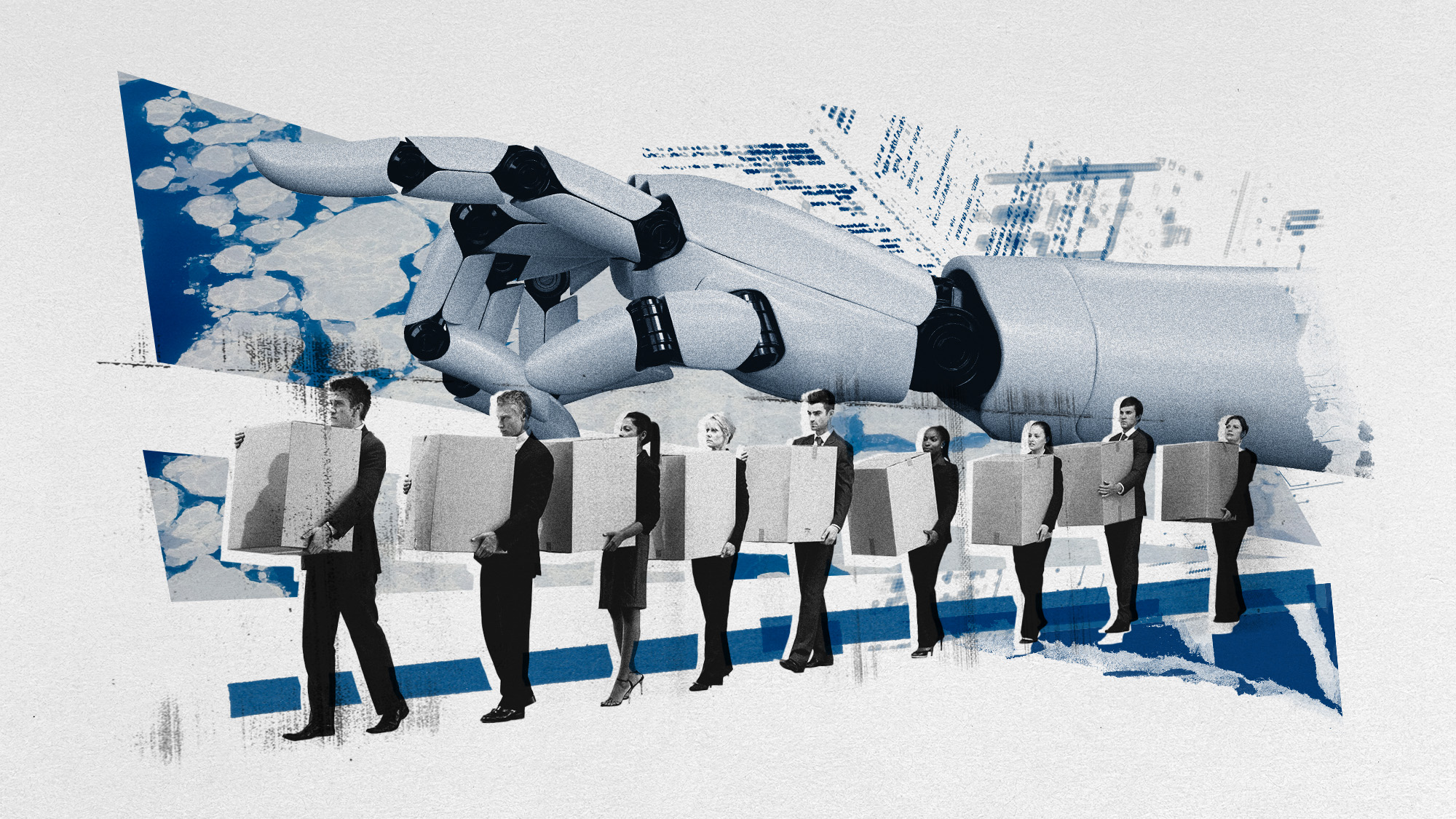 Is the job market frozen or faltering?
Is the job market frozen or faltering?Today's Big Question Layoffs raise alarms while young workers eye law school


